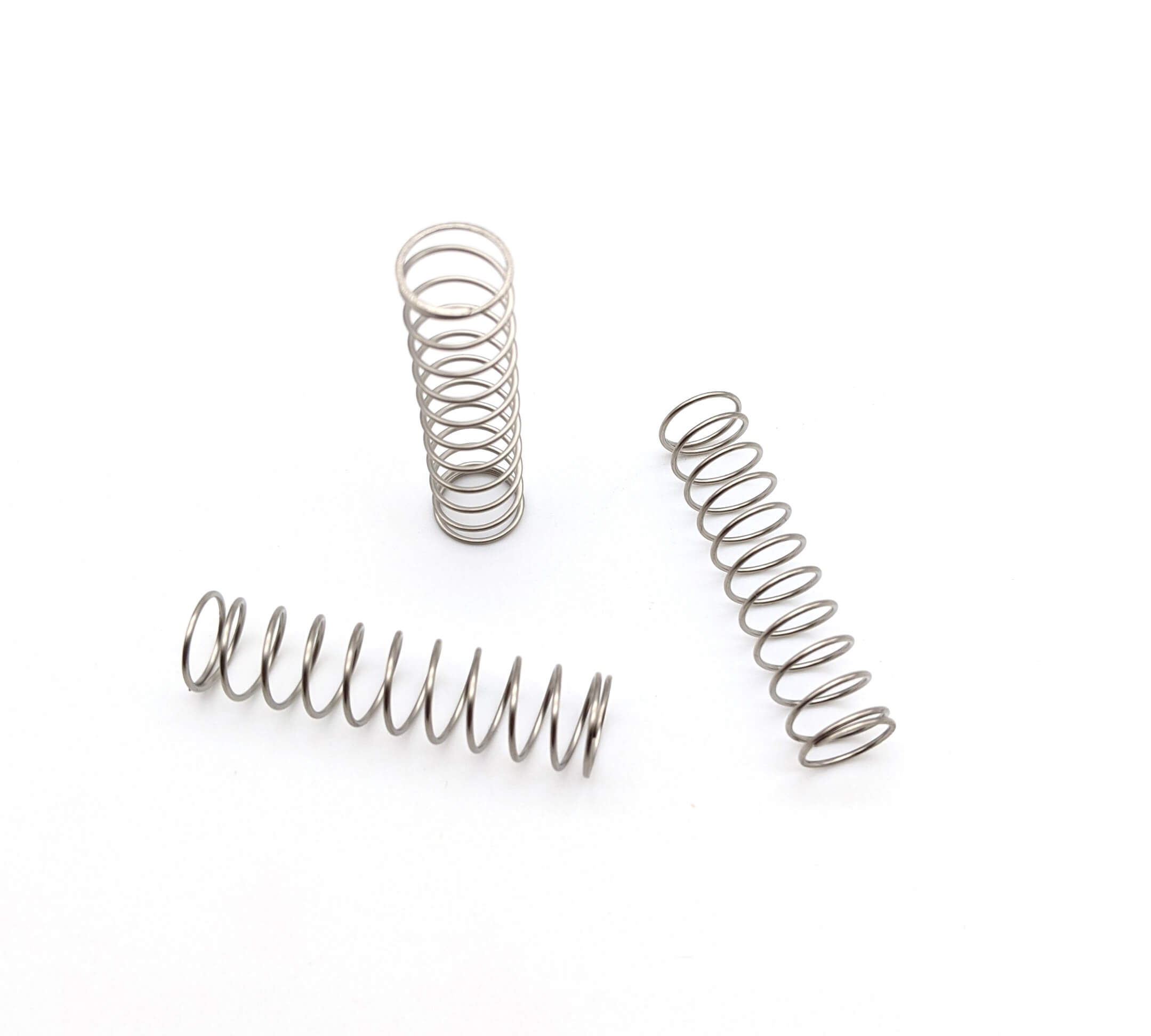Get unique, complex parts easily. No matter your requirements, Chaoyi Spring creates hard-to-produce coil springs and wire forms.
Let us help you create the custom wire form you need, from S-hooks and J-hooks to utility hooks and more.
We work closely with customers across a wide range of industries, helping them design and manufacture made-to-order parts.
Why choose Chaoyi Spring? We prioritize customer-focused collaboration, modern equipment and the latest technology to make your parts per print.
Find the information and guidance you need, from measuring a spring to learning about materials, placing an order and much more.
Torsional springs, often overlooked in the world of mechanical design, are essential components that play a crucial role in various applications. These ingenious devices, designed to store and release rotational


Torsional springs, often overlooked in the world of mechanical design, are essential components that play a crucial role in various applications. These ingenious devices, designed to store and release rotational energy, are responsible for the smooth and controlled movement in numerous mechanical systems. From the intricate mechanisms of watches to the powerful torque delivered by automotive engines, torsional springs quietly work their magic, ensuring precision and efficiency. This article delves into the fascinating world of torsional springs, exploring their fundamental principles, diverse applications, and the key factors to consider when selecting the right spring for a specific need.

At their core, torsional springs are elastic elements that resist twisting or rotation. They are typically crafted from materials like steel, spring steel, or even composites, each offering unique properties tailored to specific applications. When a torsional spring is subjected to a twisting force, it stores potential energy, much like a traditional compression spring stores energy when compressed. This stored energy is then released when the twisting force is removed, causing the spring to unwind and return to its original position.
The key characteristics that define a torsional spring's behavior include its stiffness, spring rate, and the maximum torque it can handle. Spring stiffness refers to the resistance to twisting, measured in units of torque per angle of twist. Spring rate, on the other hand, indicates the amount of torque required to twist the spring by a specific angle. The maximum torque, as the name suggests, represents the upper limit of torque the spring can withstand before experiencing permanent deformation or failure.
The versatility of torsional springs shines through in their wide range of applications, spanning diverse industries and technologies. Here are just a few examples that illustrate the incredible impact of these unsung heroes:
These examples demonstrate the pervasive nature of torsional springs, quietly powering a myriad of mechanical systems in our daily lives. Their ability to store and release rotational energy with precision and efficiency makes them indispensable components in a wide range of industries.
Selecting the right torsional spring for a specific application is crucial for optimal performance and reliability. Several key factors must be carefully considered to ensure the spring meets the design requirements:
By carefully considering these factors, engineers can choose the most suitable torsional spring for a specific application, ensuring optimal performance and reliability.
Torsional springs, though often overlooked, play a pivotal role in the smooth and efficient operation of countless mechanical systems. They quietly power everything from the delicate movements of watches to the robust powertrains of automobiles. Their versatility, reliability, and ability to store and release rotational energy with precision make them invaluable components in a wide range of industries. As technology continues to advance, torsional springs are likely to play an even more prominent role in the future, ensuring the smooth and controlled motion of mechanical systems for generations to come.
So, the next time you encounter a watch that ticks with perfect accuracy, a car that purrs with effortless power, or a retractable pen that glides smoothly, remember the unsung heroes behind these marvels: torsional springs. Their silent, yet powerful contribution to our world is a testament to the ingenuity of engineering and the magic of mechanical design.
Browse some of the custom wire forms and springs that we manufacture. Don’t see what you need? We specialize in made-to-order products that meet your application requirements.
Visit Our GalleryNeed a custom wire form or coil spring? We make it work. Fill out the contact form and a representative will respond within 1 business day. If you have a PDF or CAD file, you can submit to request a quote.